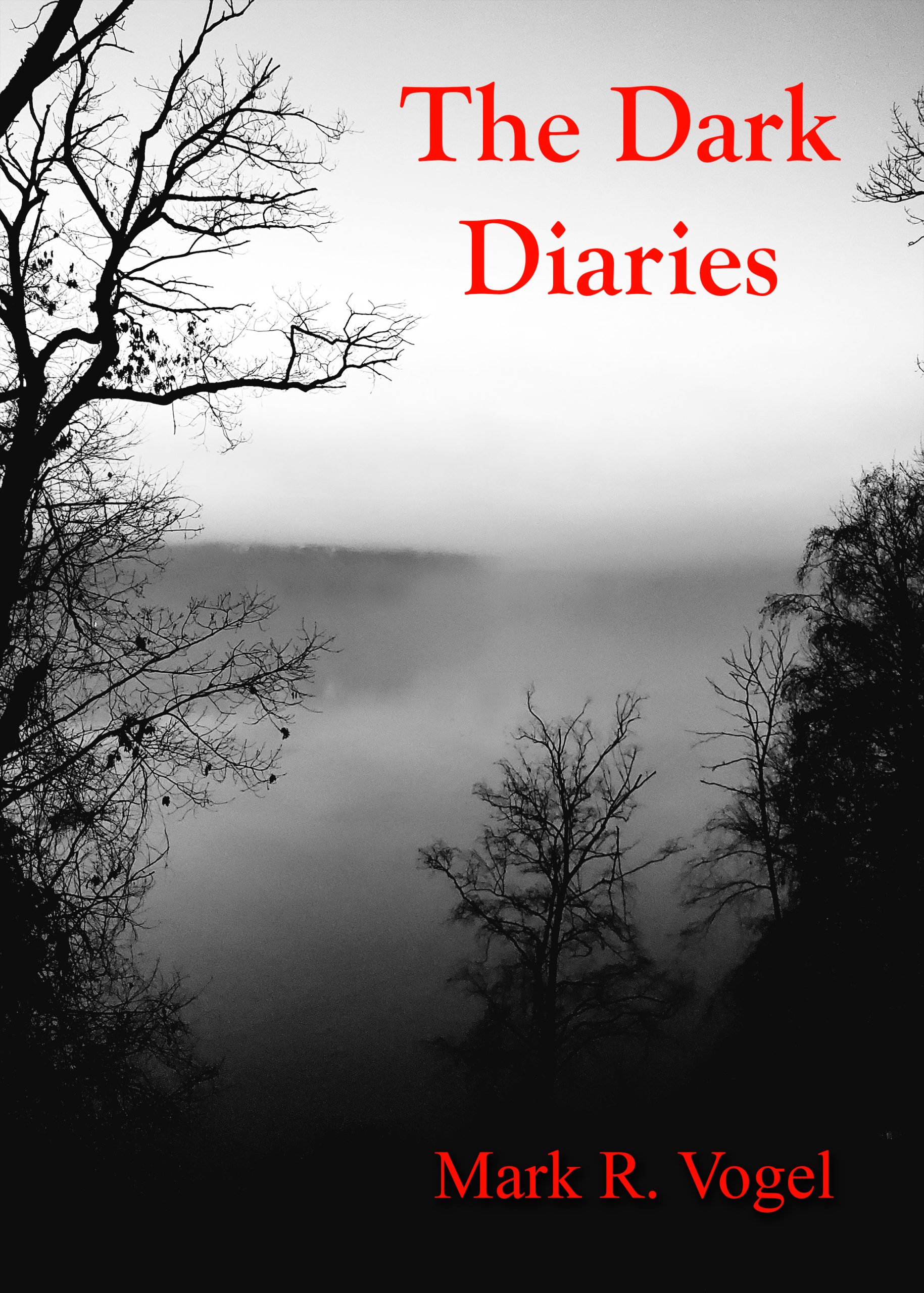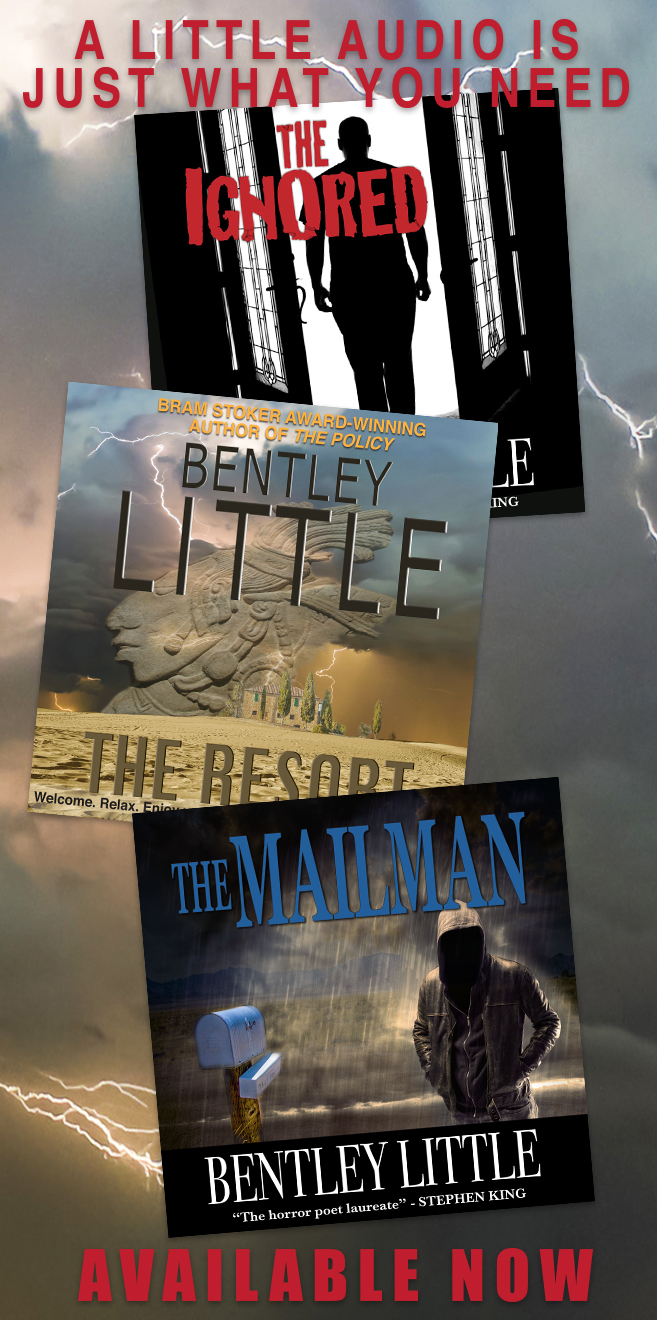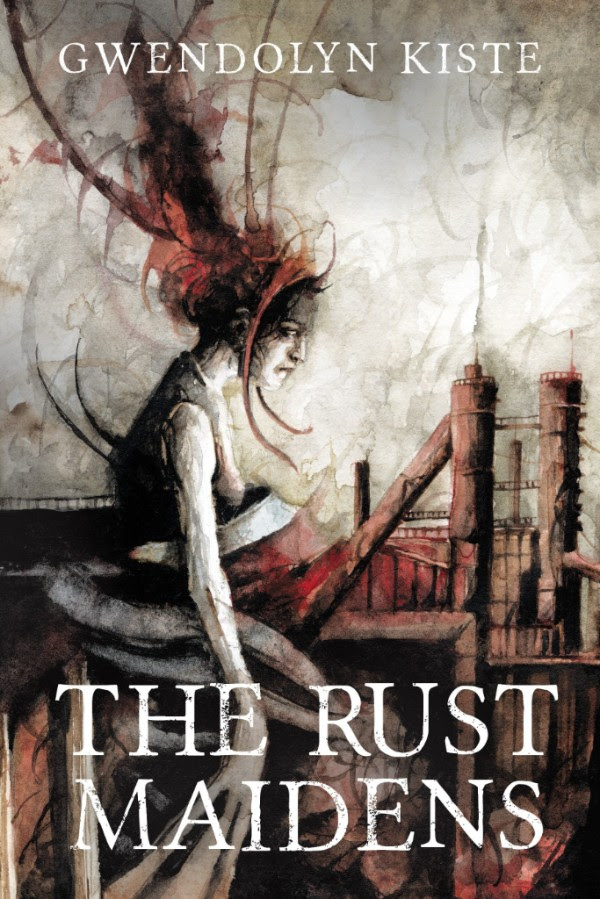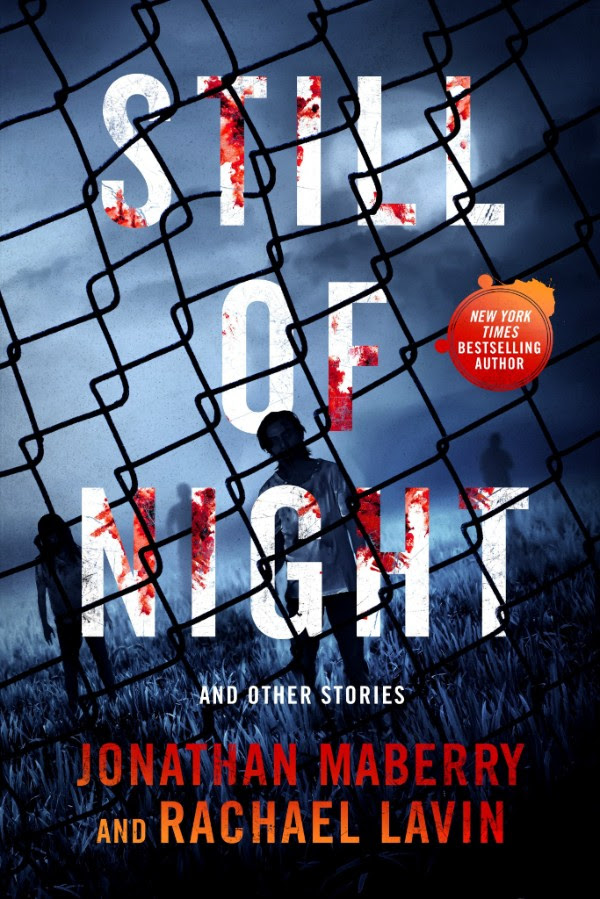Do you ever feel burnt out from reading all horror, all the time? Do you ever wish for a break, even if it’s only for a short while, from zombies eating brains, blood seeping down into un-dead throats, or creatures with sharp teeth (and even sharper claws) eating and hacking away at anybody and anything? I’m not talking about taking a complete withdrawal, just reading something that maybe is a little less intense than the extreme horror fare that most of us usually scoff up. Something that might make you think a little bit after reading it, or something that might even put a smile on your face. Well, if this describes your occasional or current frame of mind, then, How to Recognize a Demon Has Become Your Friend should be right at the top on your e-books contents list (or your nightstand for those “tree- based only” hold outs).
How to Recognize a Demon Has Become Your Friend is a book rich in diversity. The intellectual and emotional themes in this book range from the subtle to the sublime. It embraces everything from childhood innocence to childhood abuse as well as an adults yearning for acceptance to an adults acceptance of identity lost. And Addison weaves these themes in equally varying styles and genres; her creativity manifesting itself in the forms of science fiction, flash fiction, horror fiction, fantasy fiction, and poetry. When it comes to writing styles, Linda Addison might be a Jack Of All Trades, but I can say after reading this collection, she is damn good at all of them.
I profess to not having a fondness for science fiction or poetry, but Addison’s style is so accessible, I read every poem in the book and I traveled to every alien culture she introduced me to. When I say accessible, I mean her poems were linear and easy to follow, and she did not try to impress the reader by overwriting, and most importantly, they had themes I could identify with. The same goes with her science fiction tales. Her sci-fi stories were grounded enough so I wasn’t confused to a point where I wondered what the hell she was talking about…and that allowed my imagination to soar. And God bless Linda Addison, she made them all easy to follow by not introducing unpronounceable names and locations. Best of all, the majority of the stories were darkly humorous on one lever or another which suits me just fine.
For me, How to Recognize a Demon Has Become Your Friend shined brightest with the author’s fantasy and horror tales. Two stories, “The Power” and “Milez to Go”, were my favorites. Both share the same lead two characters (Brenda and Angelique) but feature them at different ages. “The Power” is a heartwarming fantasy tale of the two young girls as they come of age by discovering the powers of magic and protecting their grandmother from someone seeking revenge. “Milez to Go” has the girls all grown up, learned in the ways of magic, and protecting each other from a business man who wants Brenda’s secrets for his own.
Other favorites were:
“369 Gates to Hell”, the story of a female hit-man who had retired and was now in the body guard business who is made an offer that she cannot refuse.
“Night of the Living and the Dead” asks us how might the dead feel about Halloween.
“The Box”, is a tale of a woman who has lost everything, including her self esteem, because of her husbands gambling.
Readers will find an awful lot to enjoy in How to Recognize a Demon Has Become Your Friend, there is something in here for every taste and all of it is superbly written. So if you’re a horror reader who is looking for change of pace, a science fiction fan who enjoys the lighter side of geekdom, or a fantasy lover who enjoys a passionately told tale, How to Recognize a Demon Has Become Your Friend is speculative fiction at its best and is highly recommended.
- Inflictions - April 11, 2015
- The Equinox - April 2, 2015
- The Nightmare Girl - March 9, 2015
- Intruder - February 12, 2015
- The Only Red Is Blood - February 12, 2015
- Insanity Tales - February 3, 2015
- Qualia Nous - January 28, 2015
- Once Upon An Apocalypse - November 25, 2014
- The Janus Demon - November 17, 2014
- Case White - November 7, 2014







